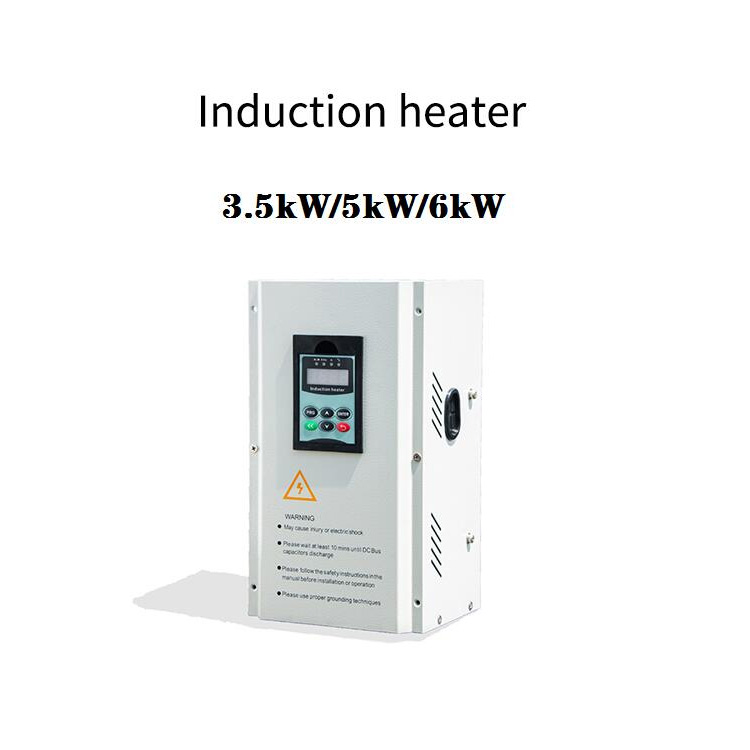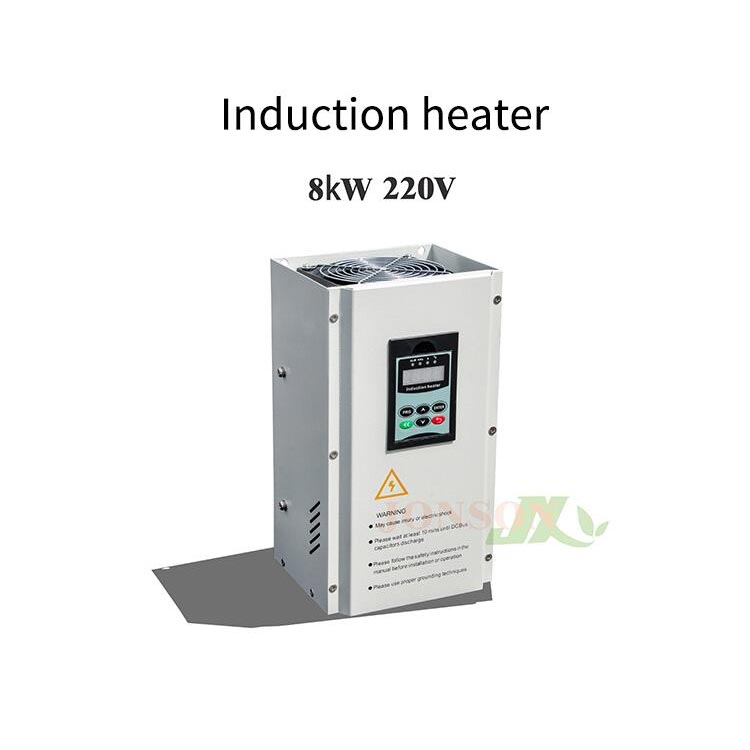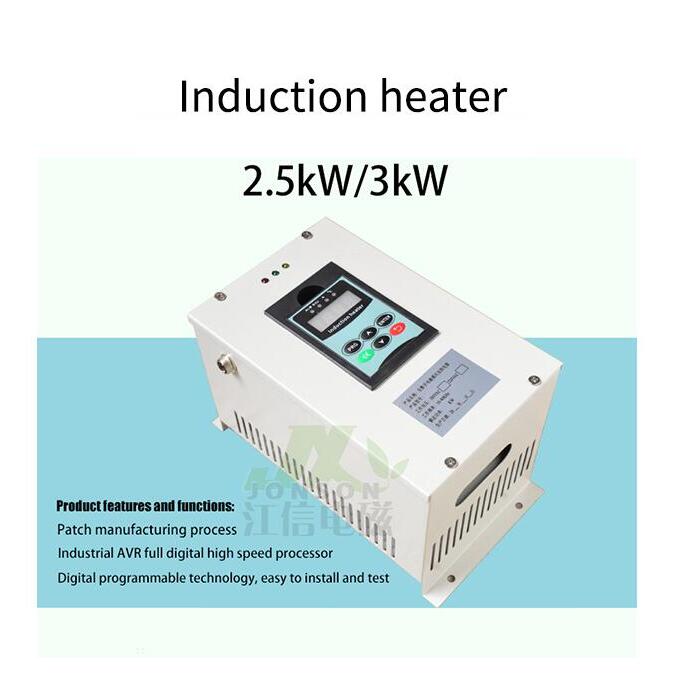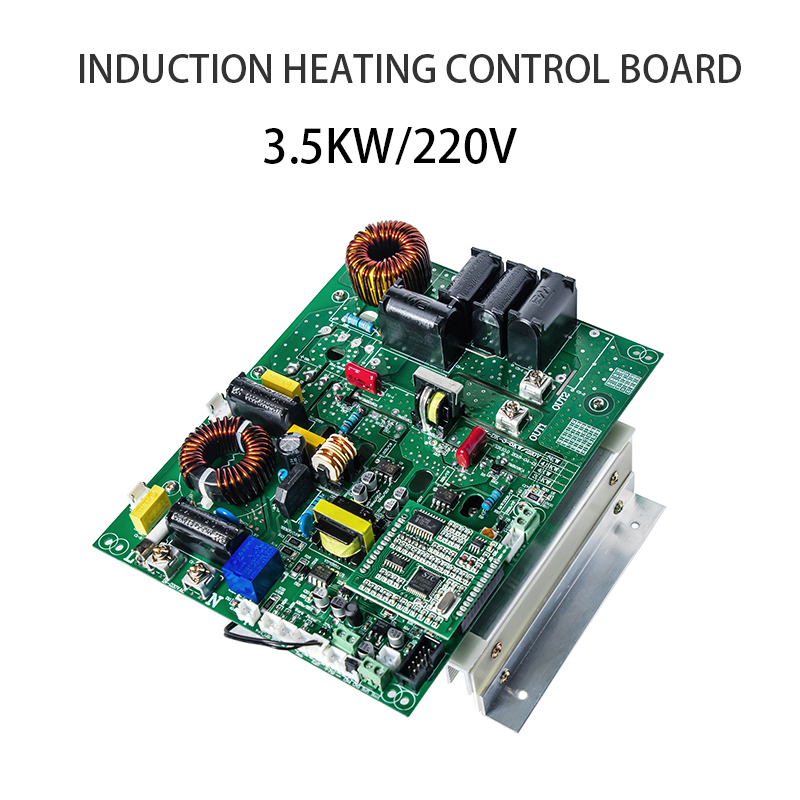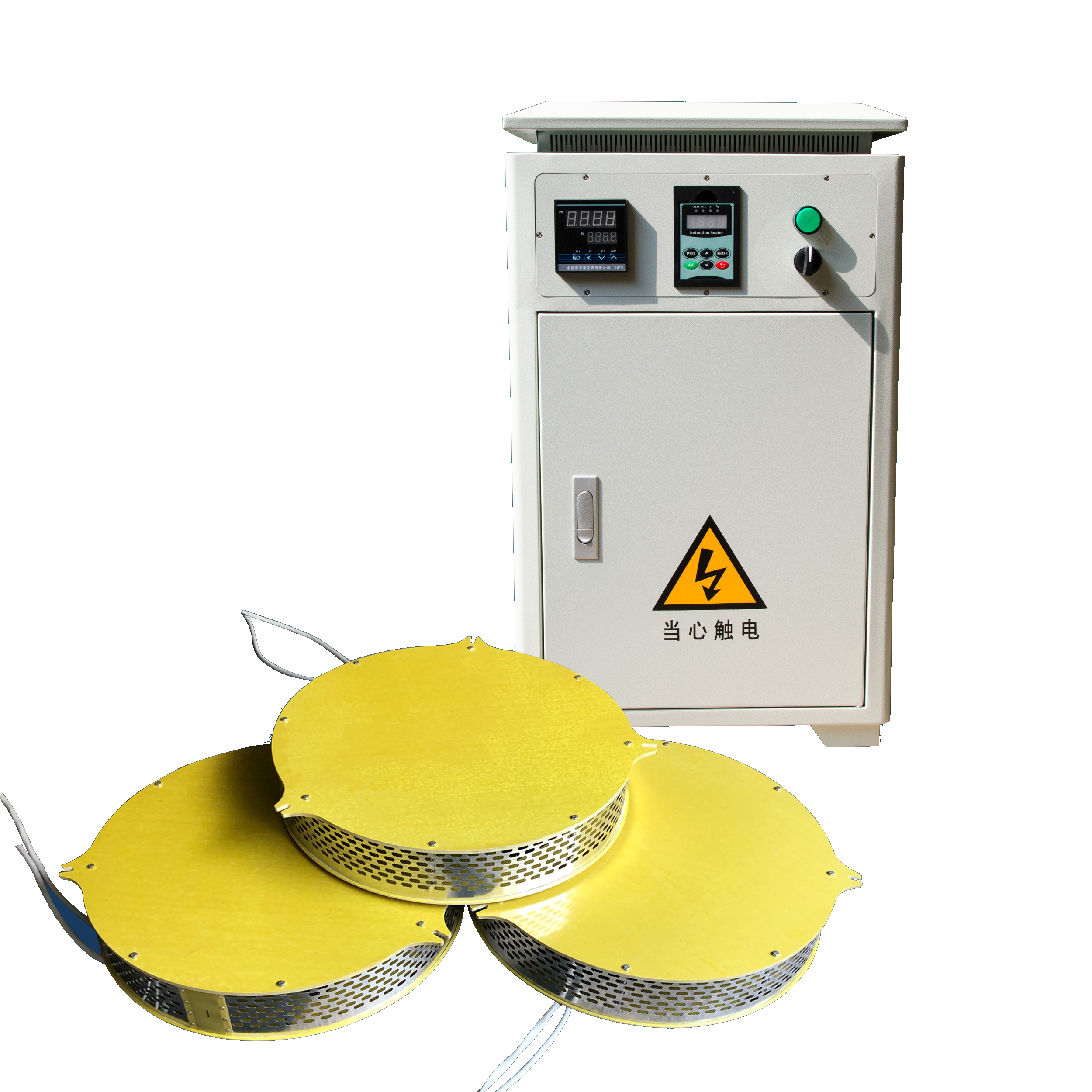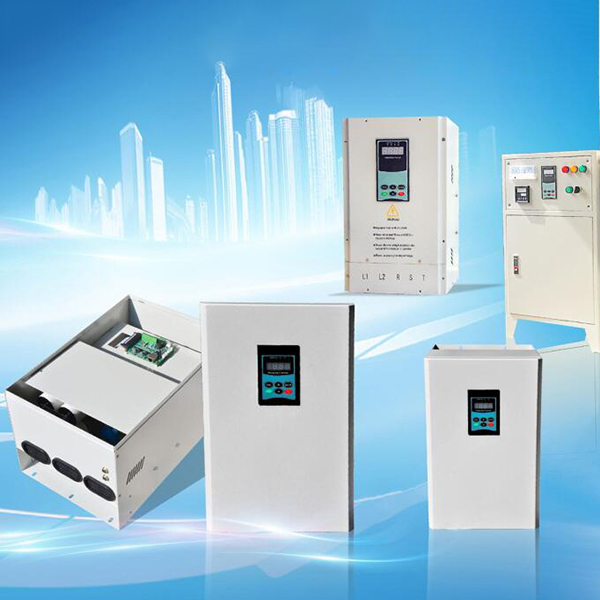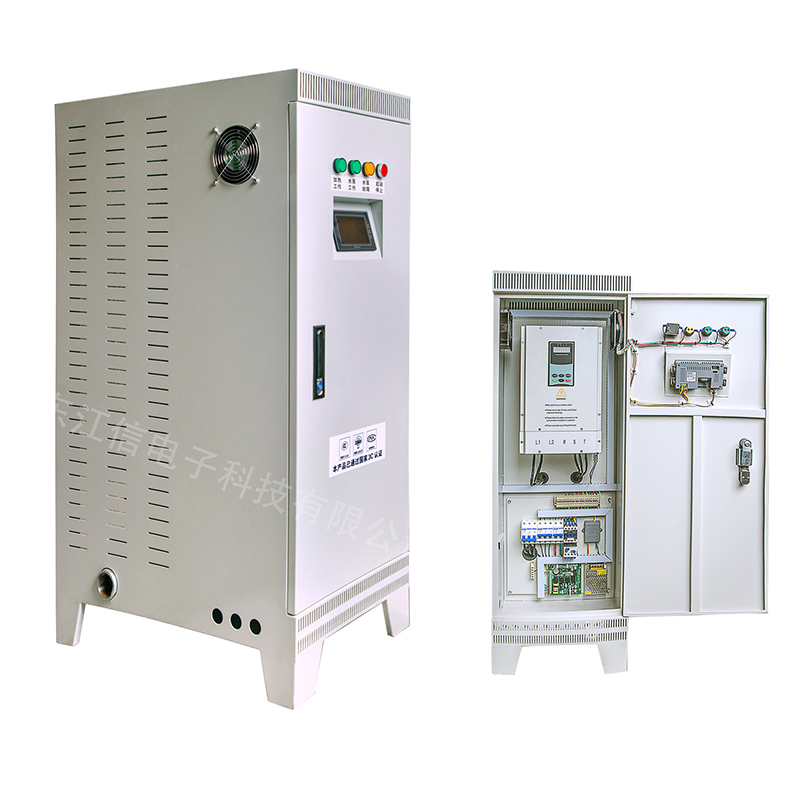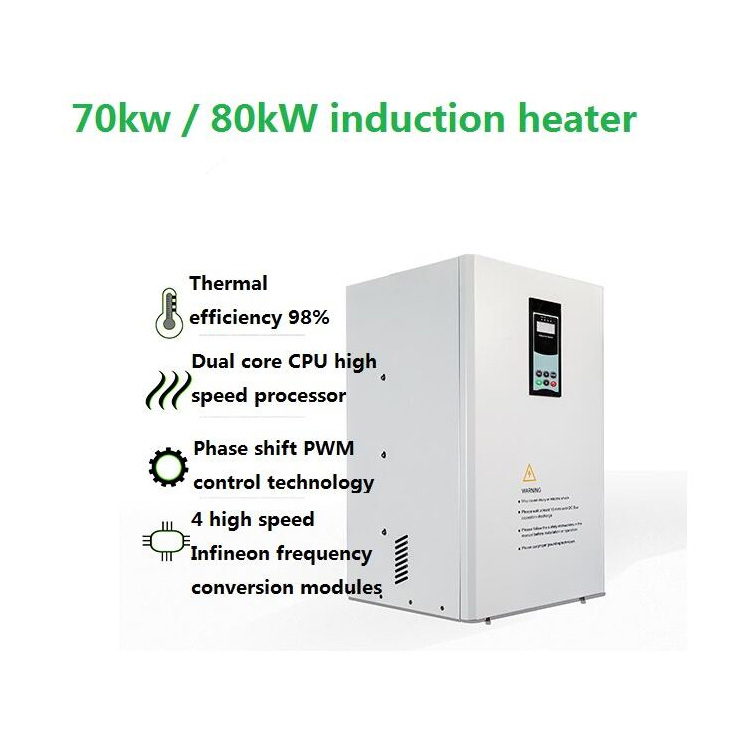Production and transmission of energy using electromagnetic induction
Introduction:
Energy is a key driver for the development of modern societies and one of the global challenges we face. In order to meet the growing demand for energy, we need to explore new methods and technologies to produce and transmit energy. The application of electromagnetic induction technology in the energy sector is emerging as an innovative solution. In this paper, we will explore how electromagnetic induction technology can be used to produce and transmit energy and analyse its potential advantages and challenges.
1.Electromagnetic induction technology for producing energy:
1.1 WIND ENERGY: Wind power is a renewable energy source that uses wind energy to convert into electricity. Electromagnetic induction technology is used as a generator in a wind turbine, where an induced electromagnetic field produces electrical energy as the wind turns the turbine.
1.2 Solar energy: Photovoltaic power generation uses solar energy to convert light into electricity. Electromagnetic induction technology is used in photovoltaic cells, where an electromagnetic field excites charge separation and current generation when light strikes the photovoltaic cell.
1.3 Tidal energy: Tidal energy uses the kinetic energy generated by the tidal movement of seawater to convert it into electricity. Electromagnetic induction technology can be used in the generator of a tidal turbine, where an induced electromagnetic field produces electrical energy when seawater flows the turbine.
2. Energy transmission using electromagnetic induction technology:
2.1 Wireless energy transmission: Based on the principle of electromagnetic induction, wireless transmission of energy can be achieved by generating and receiving electromagnetic fields. This technology can be used for wireless charging of rechargeable devices, electric vehicles, smart phones, etc.
2.2 Transmission lines: Power transmission is an important part of energy transmission. Electromagnetic induction technology can be applied to transformers and sensors in high-voltage transmission lines to efficiently transmit power from the power station to the end user.
3. advantages and challenges:
3.1 ADVANTAGES: Electromagnetic induction technology has multiple advantages in energy production and transmission. It is a clean, renewable energy solution that reduces dependence on fossil fuels. In addition, its wireless transmission characteristics make energy transmission more flexible and convenient.
3.2 Challenges: Despite its many advantages, electromagnetic induction technology still faces a number of challenges. For example, energy production requires continuous improvement of the technology to increase the efficiency and cost-effectiveness of energy conversion. On the energy transmission side, issues such as wireless energy transmission efficiency and distance limitations need to be addressed.
Conclusion:
The application of electromagnetic induction technology in energy production and transmission presents a wide range of potential. Using electromagnetic induction technology, we can achieve more sustainable and efficient energy production and enhance the convenience of energy transmission through wireless transmission technology. However, we still need to continue research and innovation to overcome the technical and economic challenges to achieve a wider application of electromagnetic induction technology in the energy sector and to promote the sustainable development of the energy industry.

